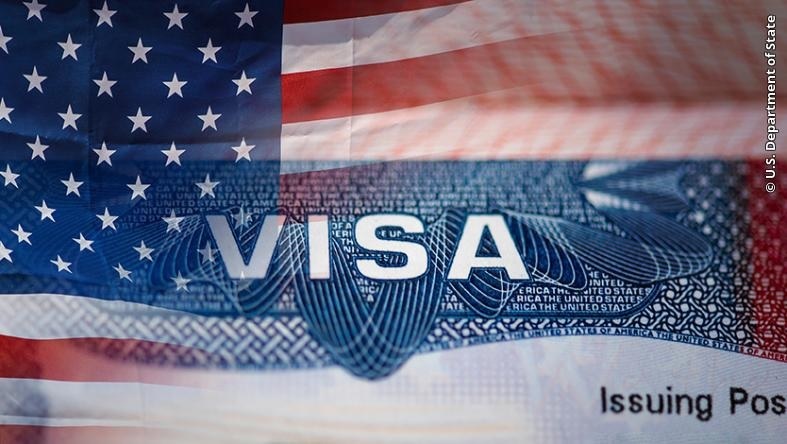Everything you need to know about investment visas

“Investment visas aren’t just for monetary returns—they can secure a life in another country”
By Suresh Rajan
Today, more and more high-net-worth individuals (HNWIs) are seeking out a second citizenship or a second permanent residency for themselves and their family members.
According to the 2023 Knight Frank Wealth Report, 13% of HNWIs said they planned to apply for a second citizenship or permanent residency, an uptick from the previous year that is likely to keep increasing.
READ: What the new reformed EB-5 visa program brings along (March 18,
A second passport (or just a permanent residency, without citizenship) opens new markets and new opportunities for individuals and can allow for greater asset protection by diversifying how wealth is invested.
A second residency can also provide a place to retire or a way to split time between countries, give access to healthcare, and widen educational opportunities for an investor’s children. It’s an increasingly valuable asset. The easiest way to unlock the second permanent residency is through an investment visa program.
What is an investment visa?
Immigration-by-investment programs provide applicants with an investor visa, which gives them permanent residency in exchange for their investment in a country’s economy.
On top of a minimum investment amount, residency- and citizenship-by-investment programs usually come with several other requirements that applicants need to satisfy in order to qualify.
But once the investor jumps through the necessary hoops, these programs provide major benefits for both investors and the local communities they invest in.
The programs boost the economy of those communities and, in many cases, create new jobs. In exchange, investors and their dependents (generally their spouses and children) gain an entirely new landscape in which to live, play, and work.
READ Will the EB-5 visa program get current by yearend? (November 29, 2021)
Overview
Foreign investment is important to all economies, which is why residency-by-investment programs have been created. A government agrees to open its doors to high-net-worth investors to bolster the national economy and, in exchange for creating jobs, grants these investors the ability to live, study, and work in the country.
Many countries have implemented investment visa programs, such as the United States with its EB-5 visa program, Portugal with its Golden Visa program, Brazil, Spain, Malta, Greece, the Netherlands, Canada, and Australia, plus over 60 more countries and jurisdictions.
Globally, investment migration is a massive industry. It has driven over $30 billion in investment each year in the Americas, the Middle East, the Caribbean, and Europe, and the number is expected to grow to $100 billion over the next decade.
Within the European Union, investments received over time amounted to €20 billion through 2019.
The type of investment depends on the country. Real estate remains the most popular option for acquiring citizenship or residency by investment, but governments also allow for alternative options such as purchasing government bonds or stocks or even donating straight to the government itself.
READ: EB-5 investor visa program sees continued delay (December 6, 2021)
These alternative options, of course, have zero or low returns on investment. That said, financial returns are not the main driver for those who decide to apply to such investment programs.
The main benefits are residency, travel mobility, and the right to study, work, and retire in the country legally.
(Suresh Rajan is Executive Chairman and Founder of LCR Capital Partners, a private investment and advisory services firm that supports families interested in global opportunities)
READ: When will the pause in the EB-5 regional program end? (November 17, 2021)
